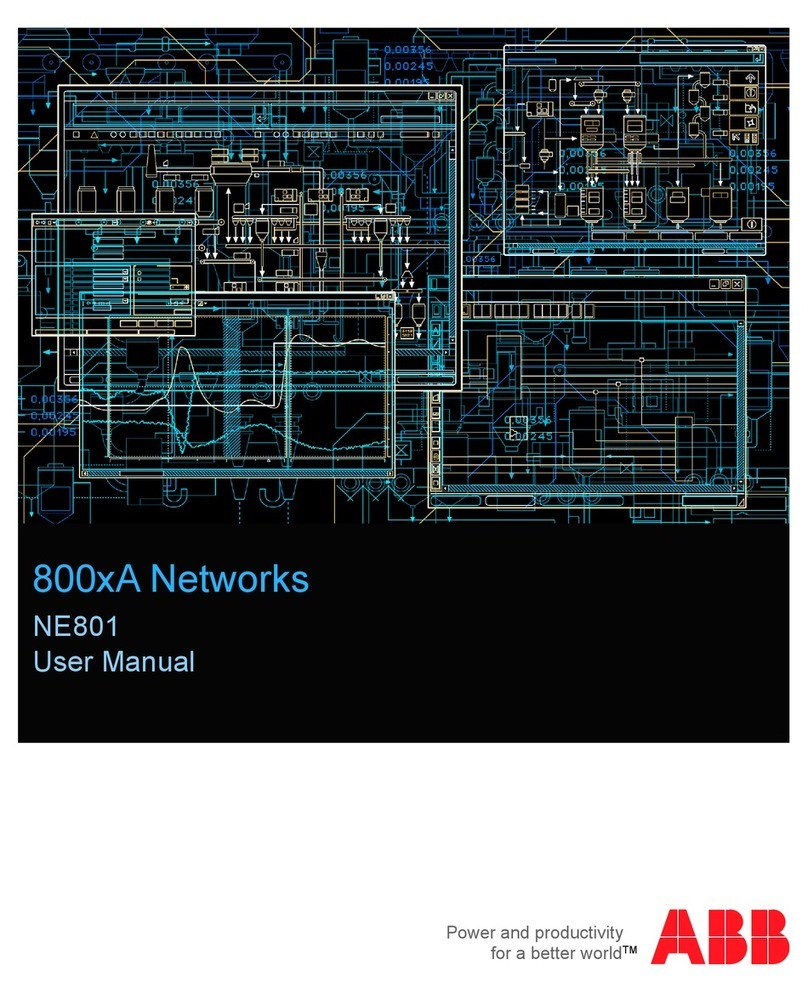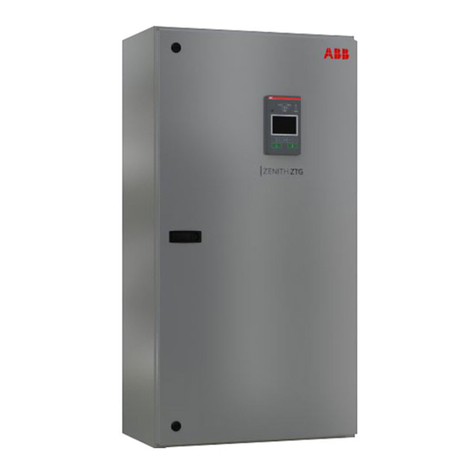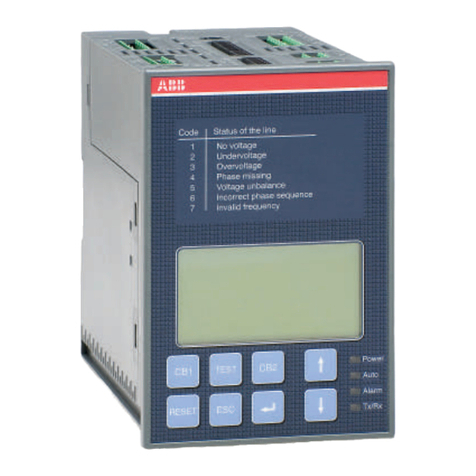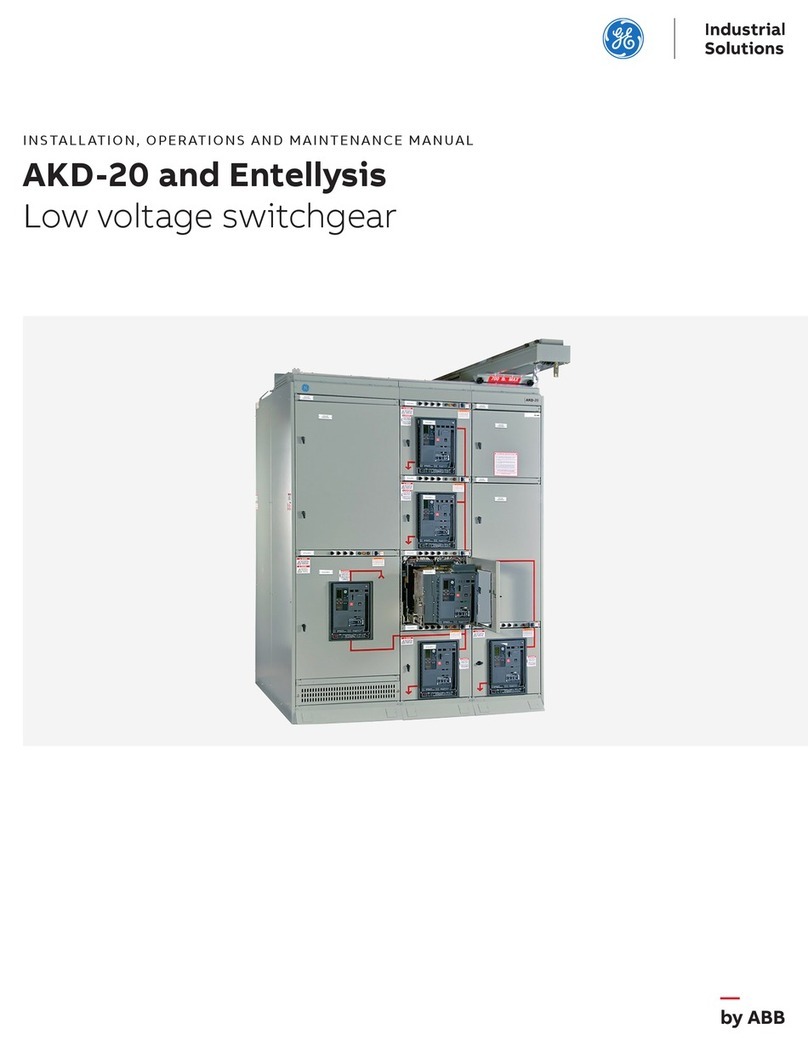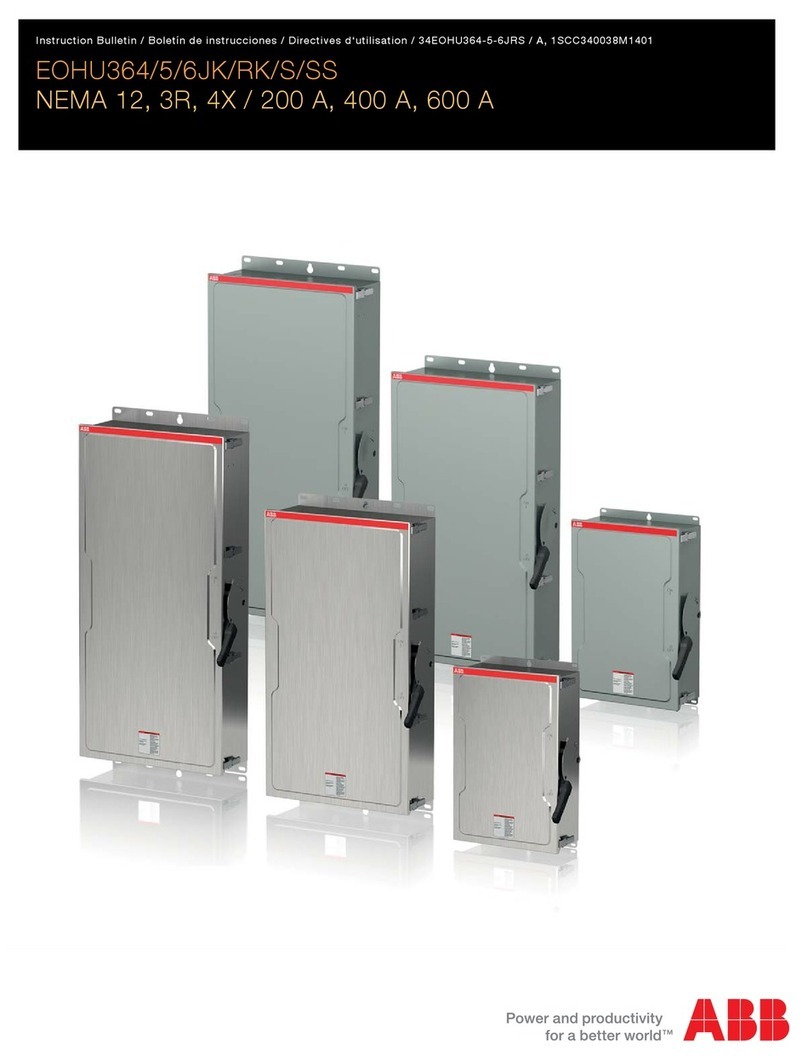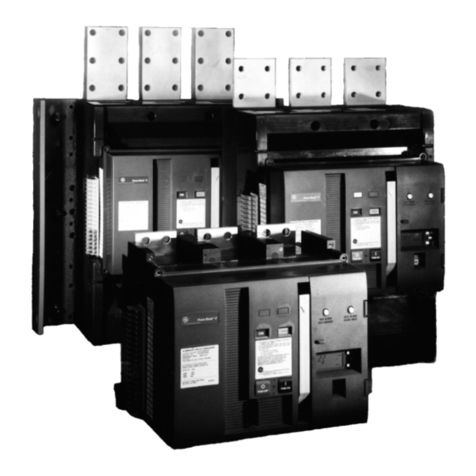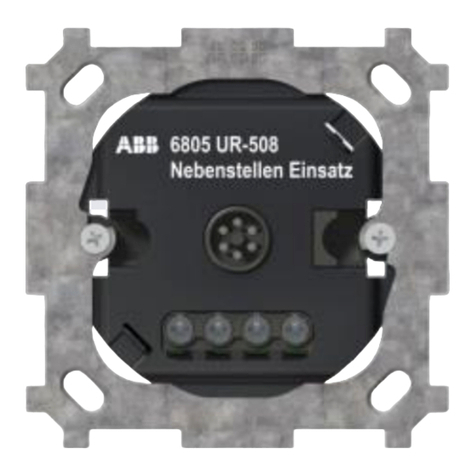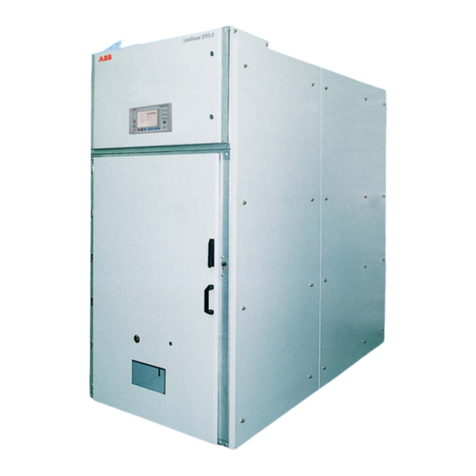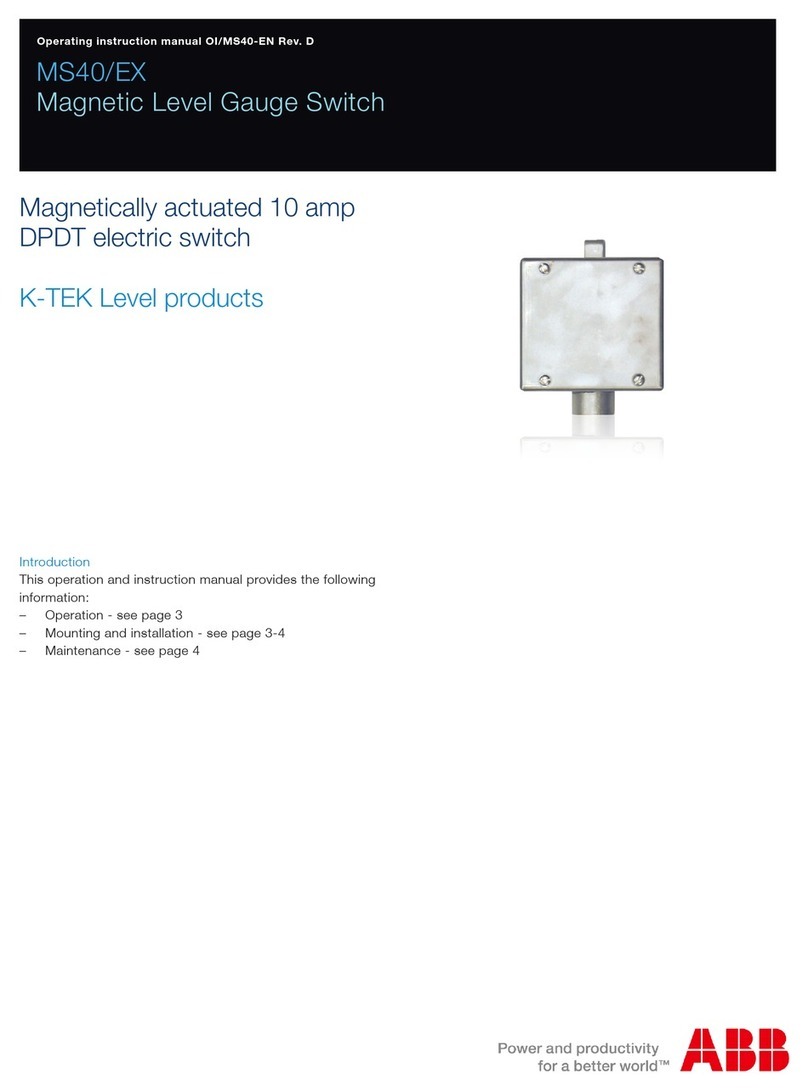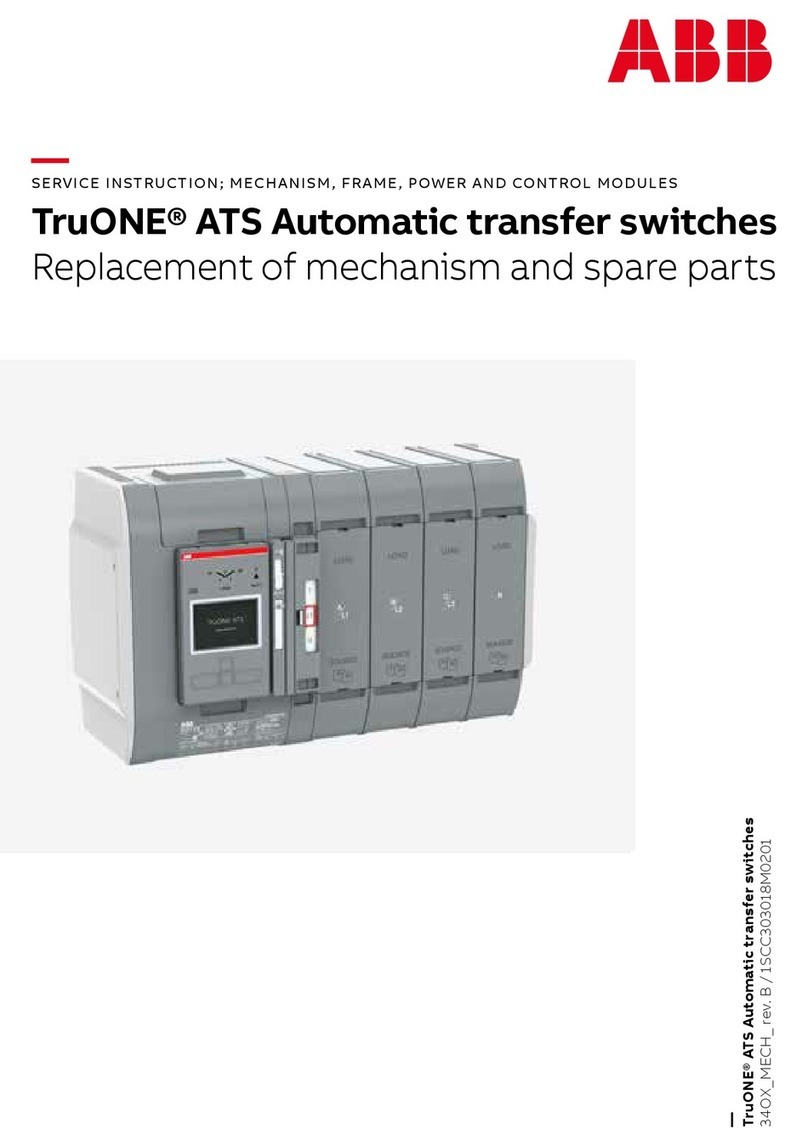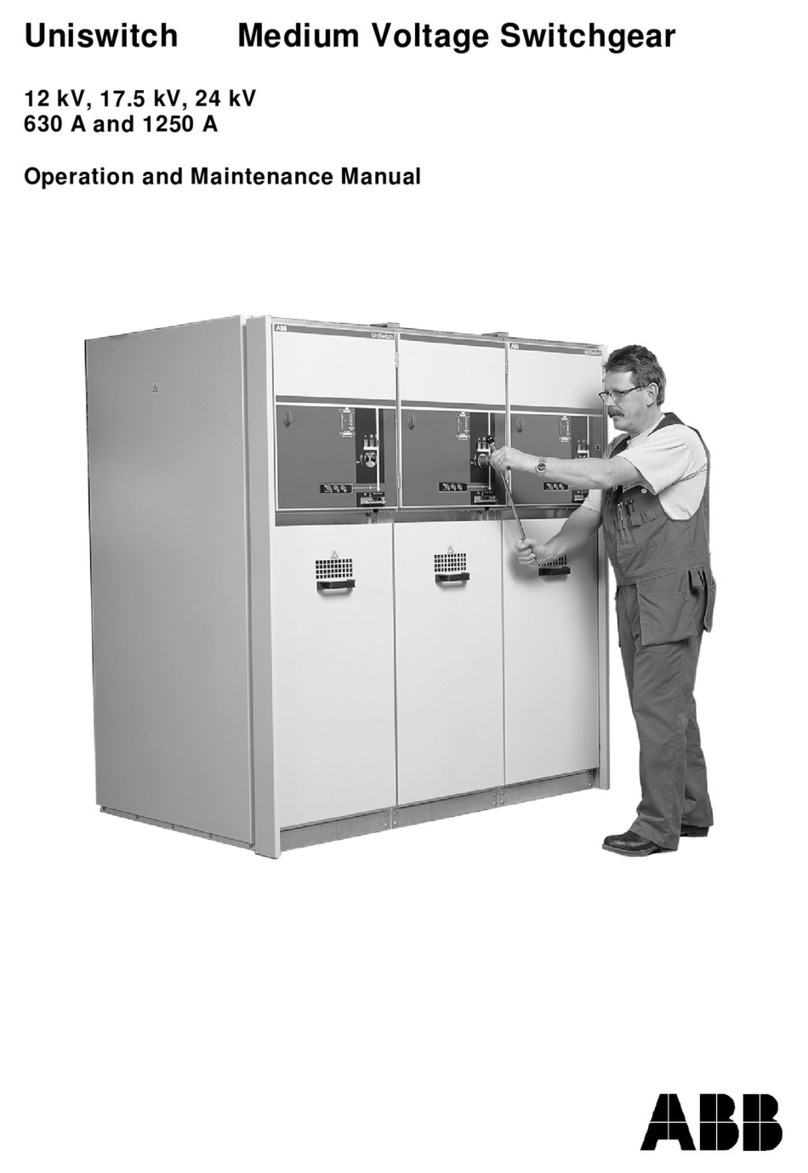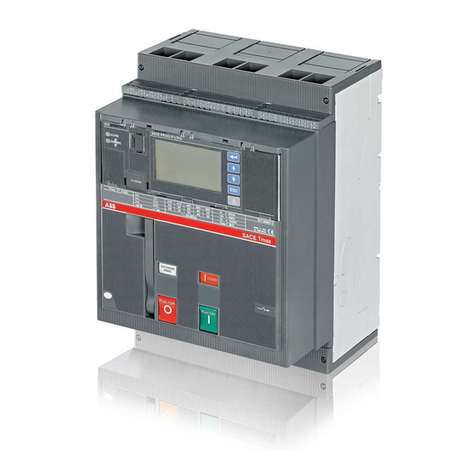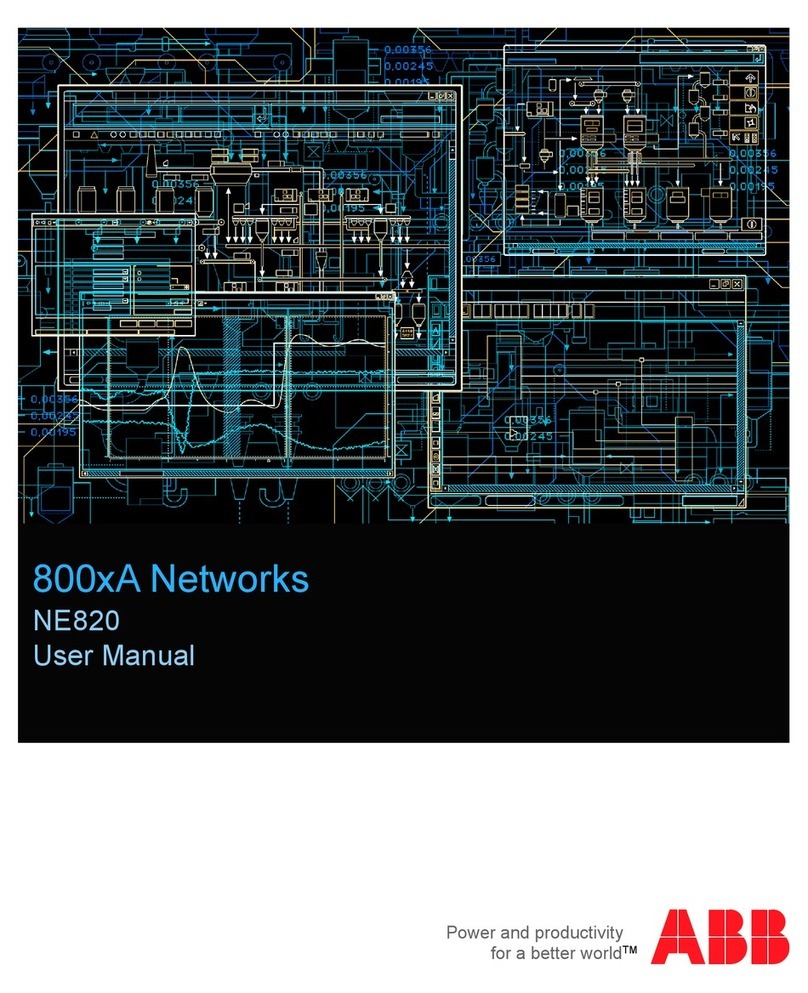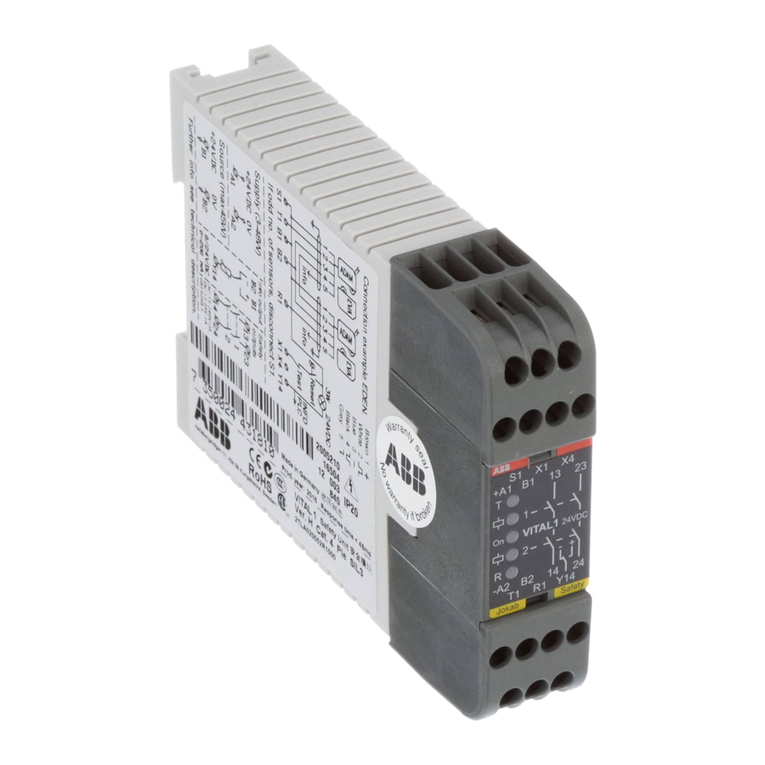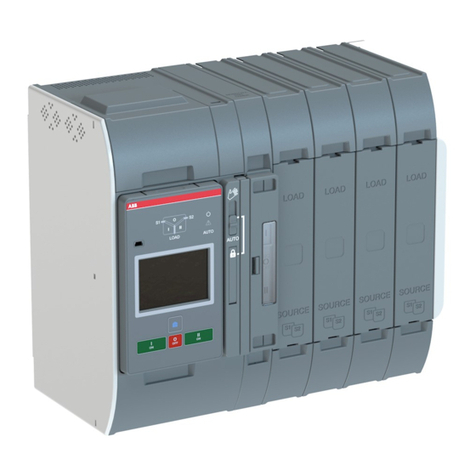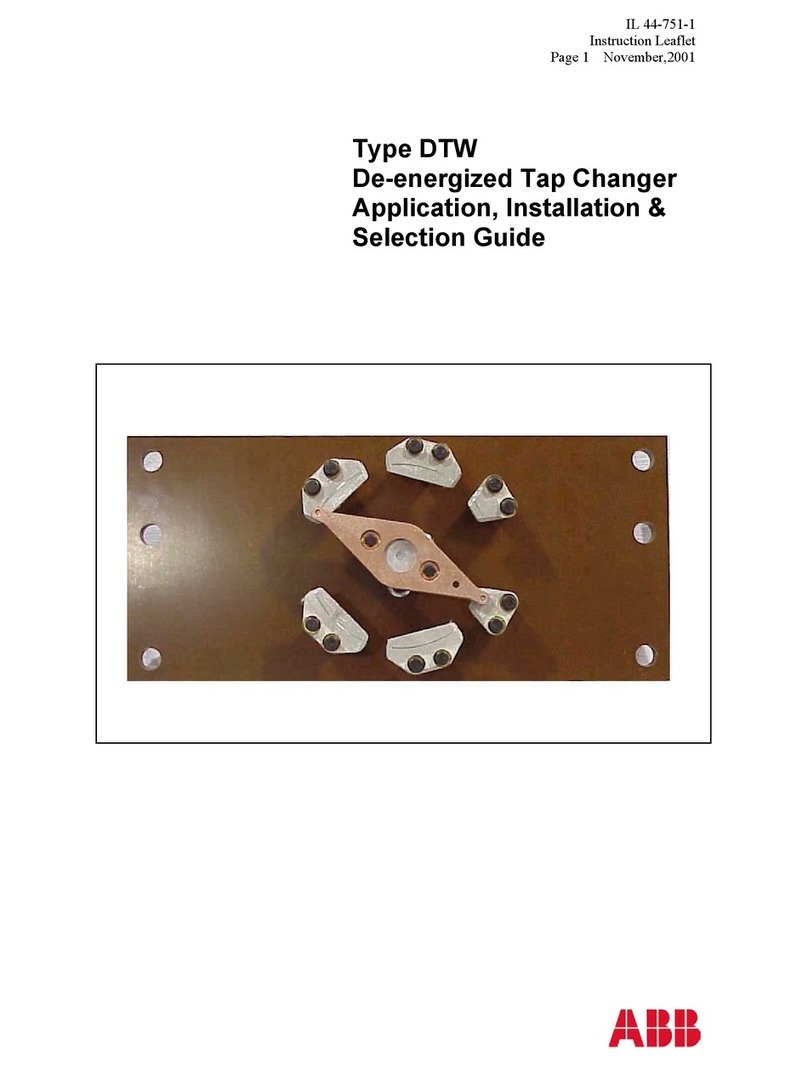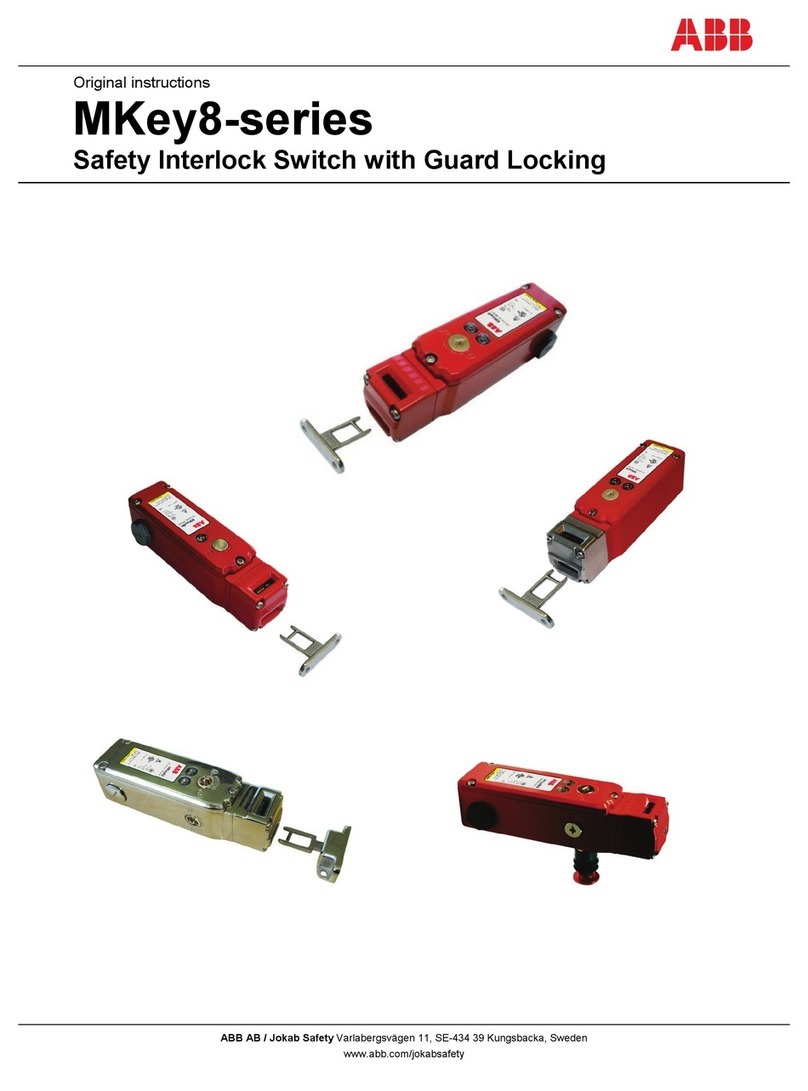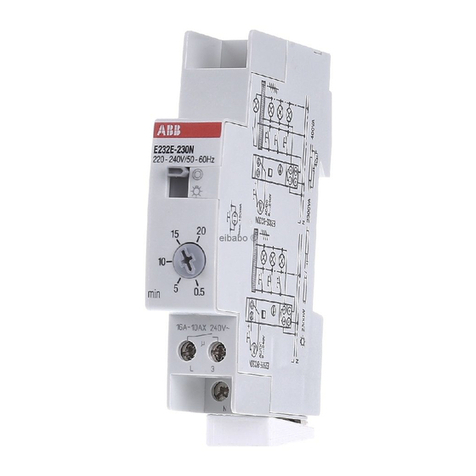
3 Design and function of the switchgear
system and its equipment
—
10 ZX1.5-R INSTRUCTION MANUEL
3.1 Design and equipment of the panels
(Figures 3/1 to 3/11)
The core modules of the metal-clad panels of type
ZX1.5-R with separately gas-filled circuit breaker
and busbar compartments are manufactured in a
laser cutting and auto robot welding process.
The stainless steel encapsulation and the insulating
gas protect all live parts in the high voltage area
permanently from soiling, humidity, foreign bodies
and other injurious influences.
ZX1.5-R panel content with electrical department
standard DL/T 404, national standard GB/T 11022
and IEC 62271-1.
The modular structure provides the conditions
necessary for all panel variants normally required
in a relatively simple manner.
For example
• Feeder panel
• Busbar sectionalizer panel
• Busbar Voltage transformer & Surge arrestor
panel
• Pressure relief
There are facilities for pressure relief either panel
by panel or via pressure relief ducts
Should the unlikely event of an internal arc fault
occur, the relevant pressure relief disk opens.
• Circuit breaker compartment (1.0)
Pressure relief is effected via a pressure relief
disk 1.3 fitted at the top
- Standard: discharge into a pressure relief
duct (1.9) and from there via an absorber
(1.10) into the switchroom or without an
absorber for direct relief to the outside
- Optional: relief to the rear by means of a
plasma deverter (1.15) (panel by panel
pressure relief)
• Busbar compartment (2.0)
Pressure relief is effected via a pressure relief
disk (2.11) fitted at the bottom into the pressure
relief duct (3.6)
- In systems with pressure relief ducts at the
top (standard), the plasma gases are
discharged through the lower pressure
relief duct (3.6) to the side pressure relief
chimney (I) (refer to page 9) and into the
upper pressure relief duct (1.9)
- Optionally, in systems with pressure relief
to the rear, discharge is effected centrally
via the pressure relief duct (3.6) into a
sectionalizer panel/busbar riser panel or
metering panel. There, flap 3.15 opens
• Cable termination compartment (3.0)
- In systems with rear covers and cell
partitioning at the sides, internal arcing in
the cable termination compartment causes
a flap (3.5) leading to the lower pressure
relief duct (3.6) to open. From there, the
gases are channelled through the side
pressure relief chimney into the upper duct
(1.9) (standard)
- In systems without covers and cell partitioning,
the plasma gases escape into the space
behind the switchgear
• Each panel is a self-contained unit whose
busbars (2.4) are connected to the busbars in
the adjacent panels by plug-in busbar
connectors (2.5)
• Circuit breaker VD4 X-R
• Three position switch UX2TE-R
• Circuit breaker compartment (1.0)
- With or without current transformers
- With or without combination sensors
• Busbar compartment (2.0)
• Cable termination compartment (3.0)
- Without current transformers
- With conventional ring core current transformers
(customized)
- With current sensors (Only possible with one
cable per line. The sensors must be installed
before the plugs are fitted.)
• Control cabinet, optionally equipped with
- Multifunction Protection and Switchbay Control
Unit REO 517
- Mechanical auxiliary switches in conjunction
with protection relays
• Cable sockets
• Different connection methods, such as multiple
cables, and fully insulated bars
• Isolatable sockets for plug-in voltage
transformers (optional)
Insulation test standard
Up to 27.5 kV series, content with insulation test
requirement when the pressure is 120 kPa
(absolutely, 20℃)
3.2 Gas system in the panels/switchgear
(Figures 3/7 to 3/11)
A permanently protected climate for the entire
live primary area is ensured by the gas-tight
encapsulation of the panels and their filling
with dry insulating gas.
• The circuit breaker compartment (1.0) and
the busbar compartment (2.0) in each panel
are separate gas compartments with their own
filling connectors. The gas compartments in
the individual panels set up side by side are
not connected together
• Details on the gas system and gas servicing
of the ZX1.5-R switchgear can be found in
instruction manual HB605/10 Use of SF6
insulating gas in ZX Switchgear Insulating
gas system for ZX switchgear
• The gas compartments contain drying agent
bags
3.2.1 Monitoring of operating pressure
• The rated filling level for insulation in the
individual compartments is monitored by
density sensors
- Density sensor (1.8) for the circuit breaker
compartment
- Density sensor (2.3) for the busbar
compartment
• Should the pressure in a gas compartment fall
below the alarm level for insulation of that
compartment, this is detected by the switch
bay control unit and displayed on the alarm
side (message text and LEDs)
• As an alternative, in versions without switch bay
control unit if pressure drop below the alarm
level for insulation is displayed selectively by
signal lamps
3.2.2 Limitation of the effects of an internal
arc fault
In the unlikely event of an internal arc fault, a
contact in the gas density sensor opens a loop
circuit which runs through all the panels in a busbar
section. On detection of overcurrent at the same
time, the switch bay control unit opens the
corresponding circuit breaker.
Observe the details in the order documents.
3.3 Vacuum circuit breakers, type VD4 X-R
(Figures 3/3, 3/7, 6/3 and separate manual
1YHA000118)
The circuit breaker poles are installed horizontally
in the circuit breaker compartment (1.0). The circuit
breaker operating mechanism (1.2) is located
outside the gas compartment and is therefore
easily accessible. It is connected to the breaker
poles by a gas-tight bushing.
Functions of the vacuum circuit breaker (1.1)
• Opening and closing on rated currents
• Short-circuit breaking operations
• Earthing function in conjunction with
three-position switch (2.1)
The earthing function of the three-position switch
prepares de-energized for the connection to earth.
Earthing itself is performed by the circuit breaker.
This integration of functions is advantageous, as
a circuit breaker is of higher quality in the earthing
function than any other earthing switch.
3.4 Disconnector/earthing switch, type UX2TE-R
(Three-position switch) (Figures 3/7, 6/2,
6/4)
The ZX1.5-R panels are fitted with specially
designed three-position disconnectors and
earthing switches (2.1) (-Q1/-Q5). These switches
are motor-operated rod-type switches whose live
switching components are located in busbar
compartment (2.0) (insulating gas compartment),
while the operating mechanism block is easily
accessible from the control cabinet (4.0).
The operating mechanism block consists of the
following functional groups:
• The drive motor
• Position indicators with integrated LEDs for
position indication or the combination
microswitches and auxiliary contacts
• Mechanical position indicators
• Emergency manual operating drive
• Optional: mechanical interlocking for emergency
manual operation
The three-position switch performs the
functions of:
• Connecting
• Disconnecting and
• Earthing
The three switch positions are unequivocally
specified by the operating mechanism. The switch
has its disconnecting position at the centre. In the
limit positions, disconnector ON and earthing
switch ON, the moving contact (sliding part)
driven by an insulating spindle, reaches the
isolating contacts, which are fitted with one or
two contact rings respectively.
3.5 High voltage connections
(Figures 3/2, 3/7, 5/8, 6/6)
• Cable plug connector systems
High voltage plastic insulated cable with internal
cone cable plug connector system and sockets
to EN 50181
Plug systems: size 3.
